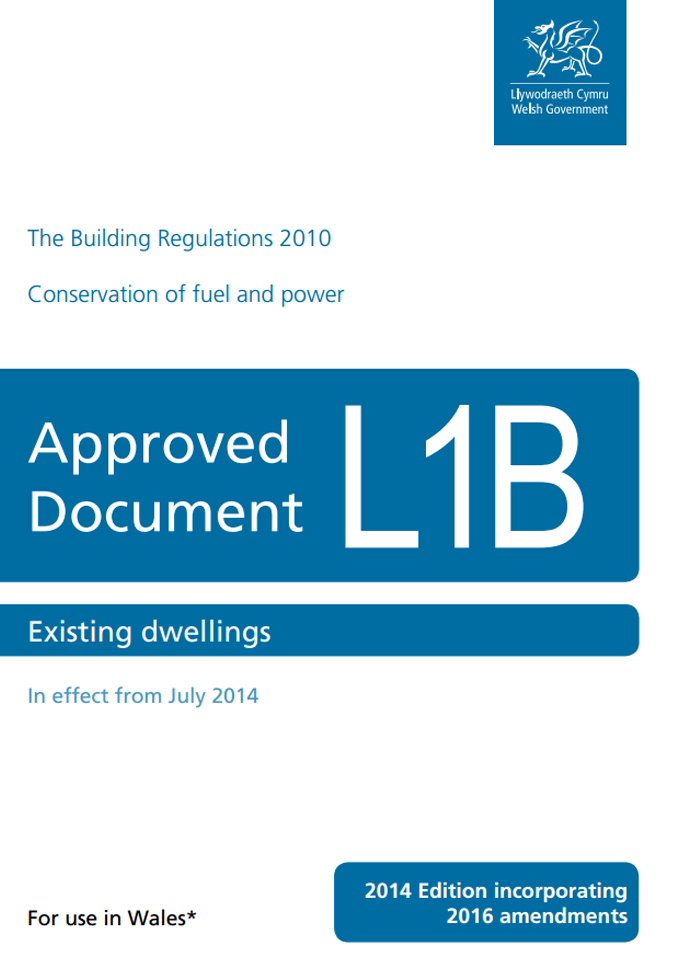Offices Nationwide

Good Hearing?
A typical person with good hearing can hear from about 20Hz to 20kHz (the audio bandwidth). A person's voice will usually range from 500Hz to 2kHz...more

Sound Transmissions
Paths can be interrupted by insulation and blocking air paths. A material's insulation is governed by mass, stiffening and damping...more
Part L1B
Conservation of fuel and power in Existing Dwellings

Air Testing is sometimes referred to as Domestic Air pressure tests, Domestic Air tightness tests, Domestic Air tests, Domestic Air pressure testing, Domestic Air tightness testing, Domestic Air leakage testing.
Air Leaking Testing Across the UK
When Should The Test Take Place?
For obvious reasons, an air pressure test is generally one of the last surveys to be undertaken once all the walls, windows, doors etc. are complete and sealed to stop any air escaping and prevent drafts through the property. The building envelope will also need to be completed.
How Many Properties Need An Air Tightness Test?
According to Part L1a, an air pressure test needs to be undertaken on 50% of all dwelling types or three units of each type depending on which value is smaller. A block of flats is considered as a separate development and should be treated as such no matter on the number of blocks on the site. Furthermore, the testing should be done on the first batch of each type of dwelling to be completed. The need to test multiple versions of each type is to confirm the design and construction procedures are up to code according to Government regulations.
Why E2 Consultants?
E2 Consultants offer a range of services from desktop reviews of drawings to pre test inspections on site to advice on air tightness, how to improve and what needs to be completed and sealed for the testing to take place successfully.
All new buildings in England and Wales have had a mandatory requirement since 2006 (2010 in Scotland) that domestic and commercial buildings, must have a passing air leakage certificate before the property can be passed off by building regulations.
For a quote or for more information, call our air tightness / pressure testing consultants in the UK on 0800 043 8100 or email us on @e2consultants.co.uk
At E2 Consultants we offer Air Testing throughout the UK and surrounding areas. Our experienced air testing consultants will also be happy to offer advice on the best ways to gain your target rating.
What Air Permeability Rating Do I Need?
The air tightness rating of a property is not a fixed figure. This is set by the design SAP Calculation carried out (please contact us if you also require a SAP Calculation in the UK ). However the worst acceptable standard for air tightness is 10 m³/(h.m²) which resembles the amount of uncontrolled air that's leaking from the dwelling. However this does not mean that it would pass the SAP Calculations Design Air Permeability standard. Should the test fail, our air tightness team will help you identify where the leakages are happening in the hope that a passing score will be achieved after a re-test.
What Does An Air Leakage Test in the UK Involve?
An air test involves placing a large fan, or several fans, to an opening within the property; usually a doorway. The fans will increase and decrease in speed that will in-turn change the building's air pressure and record the results. Please note: an air test cannot be carried out if wind speed is more than 13mph. 3 metres per second is the ideal wind speed when undertaking an air test in the UK.
Employees can still do their job inside a commercial or domestic building in the UK whilst the air test is being carried out, within reason, though may feel some discomfort due to the noise of the fan and the draught that will be felt throughout the building. There should be no outside access once the test has begun - which lasts for approximately 90 minutes, so plan accordingly.
Whilst the air tightness test is being undertaken, furniture will not be affected but smaller items such as paper must be held down or removed completely so they're not blown about. The pressure of the room will be tested and as such all windows and doors that lead outside must be securely closed to avoid them swinging open and the test being abandoned. Similarly, all internal doors should be wedged open to avoid being slammed shut.
Warning: count(): Parameter must be an array or an object that implements Countable in /data04/elite/public_html/Office.php on line 755
For further Domestic-House-Leakage-Testing information for your area, be sure to check out Air-Testing-.co.uk.
Our other services include:
Warning: Invalid argument supplied for foreach() in /data04/elite/public_html/Office.php on line 769
Domestic House Leakage Testing can also be known as:
Air Testing, Fan Pressure Testing, House Leakage Testing, Domestic Air Testing, Air Leakage Testing, Domestic Air Leakage Testing, Domestic Fan Pressure Testing, Air Tightness Testing, Domestic Air Tightness Testing, Air Pressure Testing, Air Integrity Testing, Domestic Air Integrity Testing, Domestic Air Pressure Testing,
Copyright 2025 E2 Specialist Consultants Limited
Company No. 06728970






































